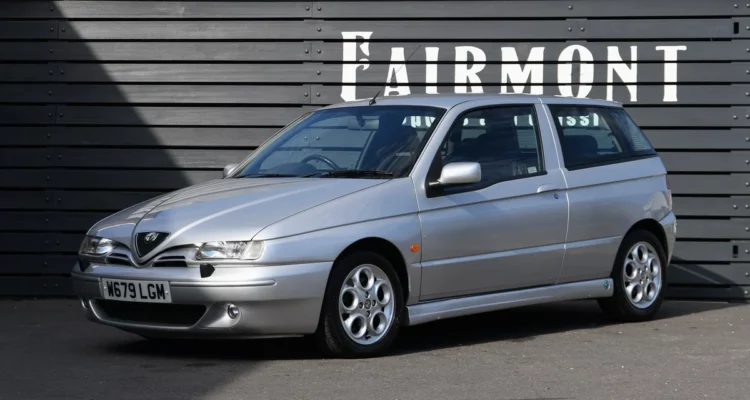Five Very Expensive Bargains
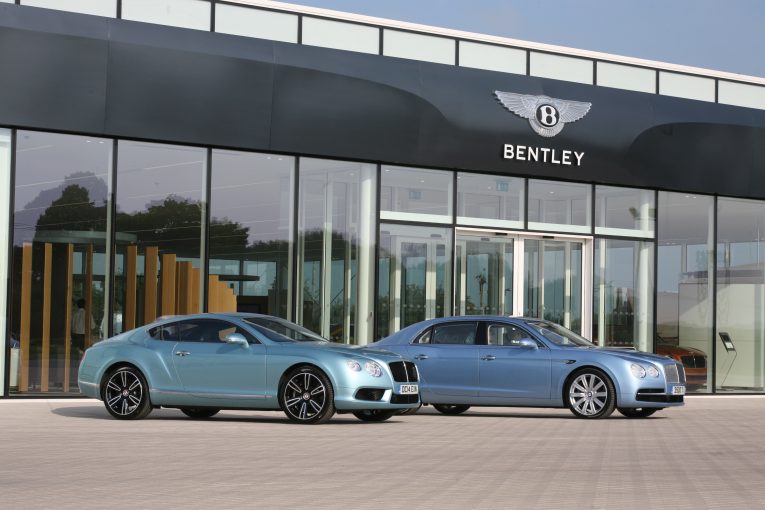
In the world of cars and their respective values, nothing falls harder than a luxury model. Once sitting pretty in showrooms and commanding price tags well into six figures, these cars are bought not for their pace or comfort, no, they’re bought for status. So naturally, when a new model comes out, these older cars fall out of favour and with it, they lose value. Lots of value. The market is limited. Who is going to go out and buy a massive car with a huge, thirsty engine, a service schedule that requires more money than a medium-sized country can make, and more often than not, a deeply impractical saloon body? Other than the odd high-end Uber driver, nobody wants these cars, but people should want them. You should want them. Buy a car like the ones mentioned here and you’re buying what was at a time the flagship car for that brand, you’re buying the best of the best, the cream of the crop, the pinnacle. And you can get your bottom in the seat of one of these machines for a fraction of the original cost.
Yes, servicing is going to be expensive, but there are specialists out there to help you – you don’t have to go to main dealer. Running costs might be higher, but unless you’re doing 150 miles on your daily commute, it’s not going to be unbearable. As for the saloon boot, just borrow a mate’s hatchback for that one time you need to move a fridge. For the other 364 days of the year, a saloon will be just fine. In fact, everything will be fine, because you’ll be driving around in a country house on wheels, or a in the wheeled equivalent of a sharp Italian suit. Except it will have cost you as much as a bedsit in Leeds or a suit from George at ASDA.
The Bentley Continental GT
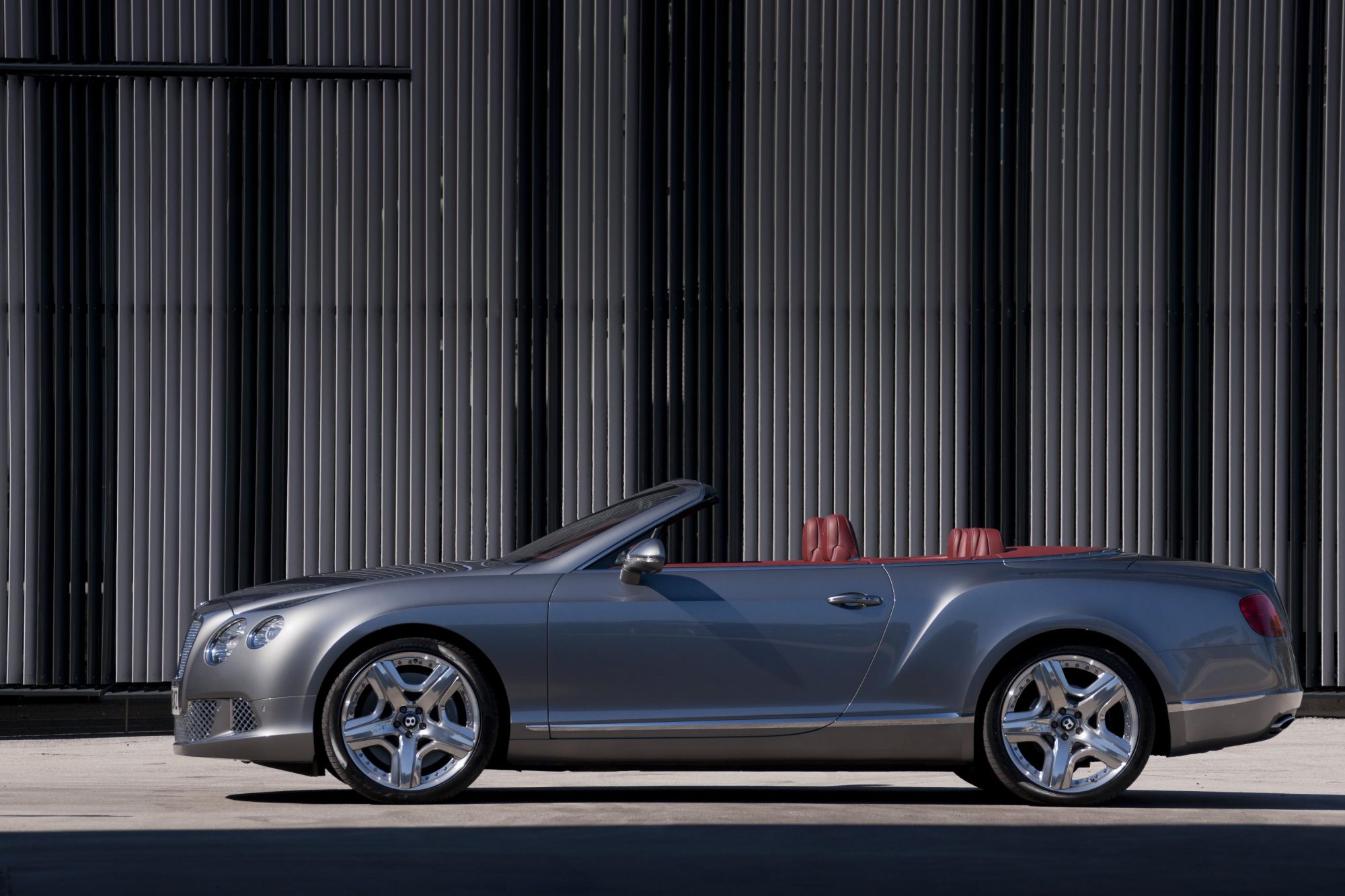
The Bentley Continental was and still is a hugely impressive car. It boasted the kind of luxury you’d expect from Bentley, despite being as big as Huddersfield it was remarkably fast, and thanks to the Volkswagen underpinnings, it was reliable, too. Those underpinnings consisted of a 5,998cc W12 twin-turbo engine mated up to a six-speed ZF automatic transmission and a Torsen-developed permanent four-wheel-drive system. This was, in 2003, a Bentley like no other. And by that, we don’t just mean the design and the mechanical elements. You see, the Continental GT also brought with it a new approach to building cars for Bentley. The Continental GT was, by Bentley standards, a mass-produced car. It was and still is finished by hand, but the assembly happens on a large, automated production line that weaves through the Crewe factory. It made the Continental cheaper to build, and thus cheaper in the showrooms, which in turn opened up the world of Bentley ownership to a much wider audience. And footballers.
The second-generation cars brought with them a 3,993 V8 engine, again with a turbo for each bank. The W12 remained, too. But with the arrival of the second-generation car, the prices of the first Continetal GT started to tumble. And now we’re on the third-generation of Bentley’s ‘affordable’ car, meaning those early cars are as cheap as they’ve ever been. How cheap? How does £15,000 grab you? Admittedly a £15k Continental would be a brave buy, you might want to spend a smidge more, but just think, all this car for new Mondeo money.
The Maserati Quattroporte
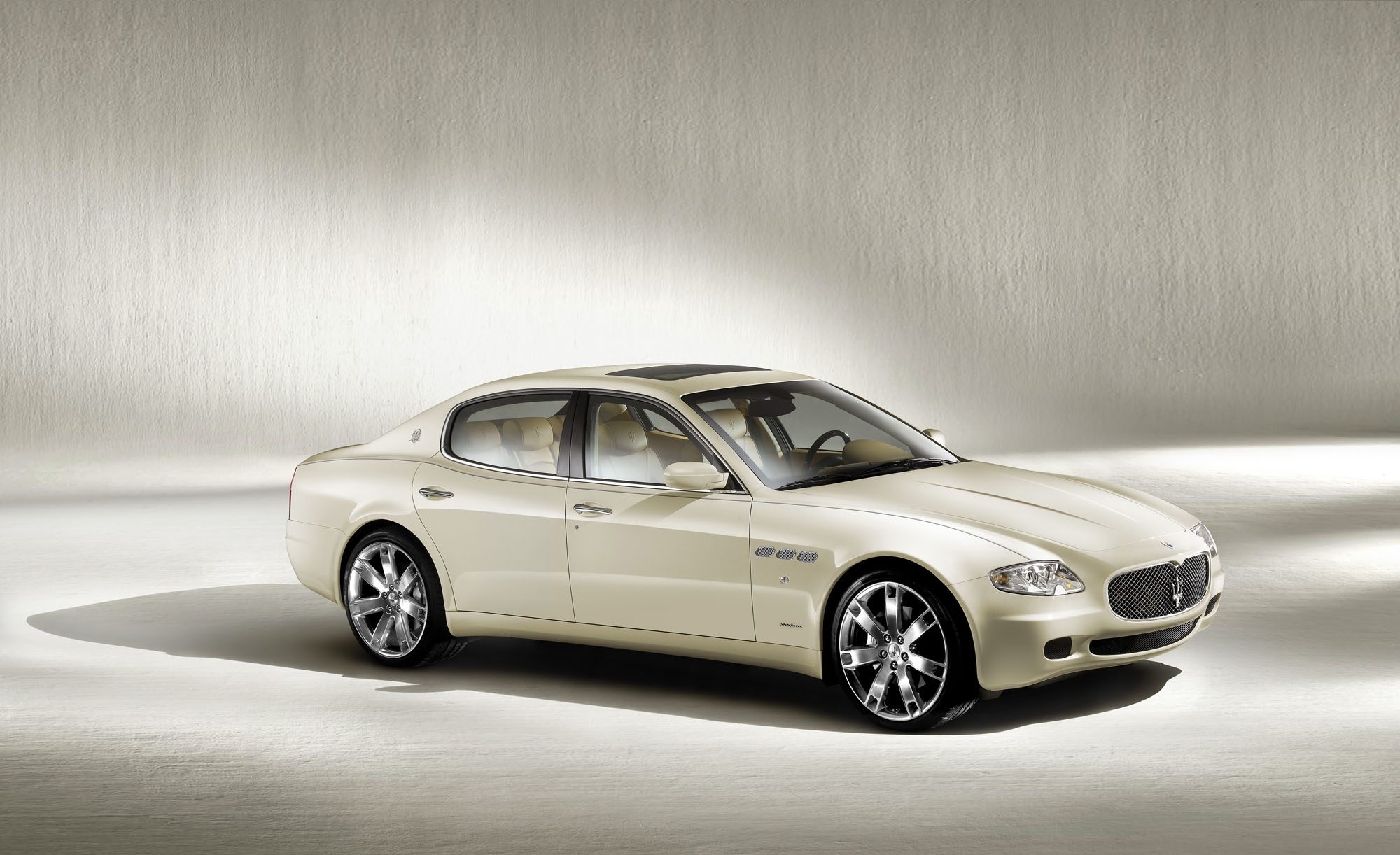
If you want to bring the noise, bring the flair and bring the sharp-suited edge of motoring to the party, you’re going to have to work hard to find a car better than Italy’s finest four-door export, the Maserati Quattroporte. It’s brash, it’s in your face and the motoring world is all the better for it. In this case, we’re looking at the fifth-generation car, as all the models prior are now stupidly rare and as such, stupidly expensive when you do find one. Plus, we like the fifth-generation car as its design is reminiscent of the first Quattroporte.
Like the Bentley above, the fifth Quattroporte was unveiled in 2003. It was built on an entirely new platform, it was a whopping 50cm longer than the fourth-generation car. Early cars were powered by a 4,244cc naturally-aspirated V8 with 395bhp, though later cars got the 4,691cc V8 424bhp. There was an option of a six-speed DuoSelect electro-hydraulic six-speed manual or a more conventional ZF six-speed auto.
The Quattroporte (which, in case you’re wondering, means ‘four doors’) is a brash, powerful, handful of a car. The interior is awash with buttons that make no sense, the build quality isn’t all that great, and servicing can be costly even at a specialist. But for the pace it has, the noise it makes and the way it drives, none of the negatives matter. Especially when you can pick one up for as little as £10,000. Though £15,000 is a better number for buying one that hasn’t been flogged to death.
The Mercedes-Benz CL
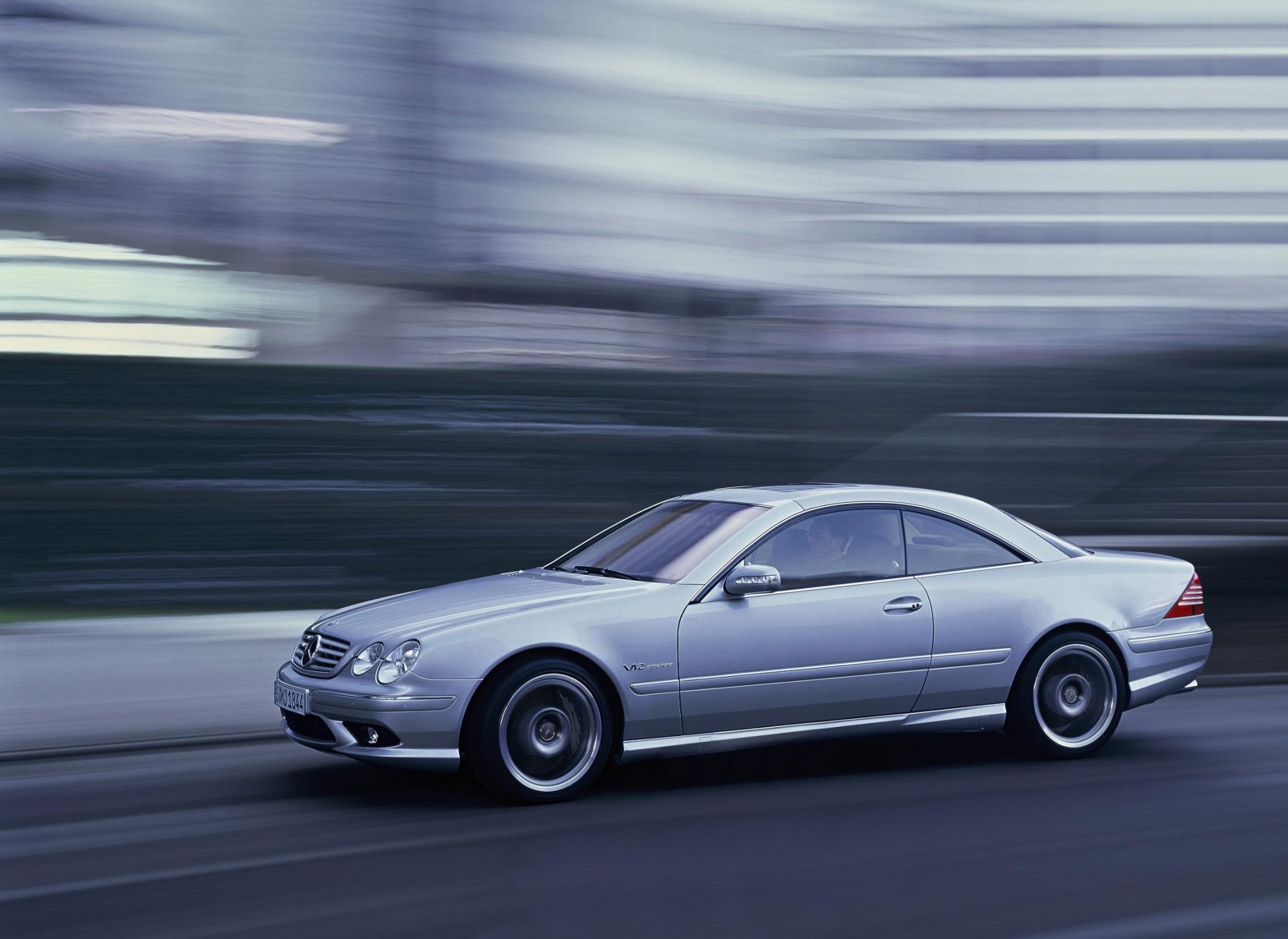
Briefly moving away from the four-door saloons on this list, we’re now going to look st a coupe. And if you want a big, luxury coupe, you can’t do much better than a Mercedes-Benz, which in this case translates to the C215, or second generation CL. Introduced in 1999, it was based on the W220 S Class, so as you can imagine, driving one is akin to driving a memory foam mattress with satin sheets. Oh yes, this sucker is smooth with a capital smoo. But it was also a fast old hector. The smallest engine available in the C215 was the 5.0 V8 with 302bhp, while the 6.0 twin-turbo, 603bhp V12 sat at the top of the pile. Transmission-wise, there was a five or seven-speed automatic depending on the engine.
The Germans have always knocked it out of the park when it comes to big coupes. The C215 is no exception to the rule. It’s built incredibly well (it has double glazing for starters), it can more than happily seat four adults, it’s positively dripping with tech, and despite being big enough to have its own postcode, it handles brilliantly, too, thanks in no small part to the Active Body Control and fully active suspension. Though be warned, this air-based system is a known point of failure, and can often be the final nail in the coffin for these cars.
While there’s no denying the C215 was and still is an impressive car, there is also no escaping the fact that Mercedes cars of this era weren’t… brilliant. Rust can be a significant issue, as can electrics and of course, that suspension. But, on the flip side, you can get a car with full history and more electronic toys than Currys for a five grand. They can and do pop up for less, but be wary. It’s not uncommon to see them for a couple of grand, but give those cars a wide berth. They’re going to be a world of pain.
The Aston Martin Rapide
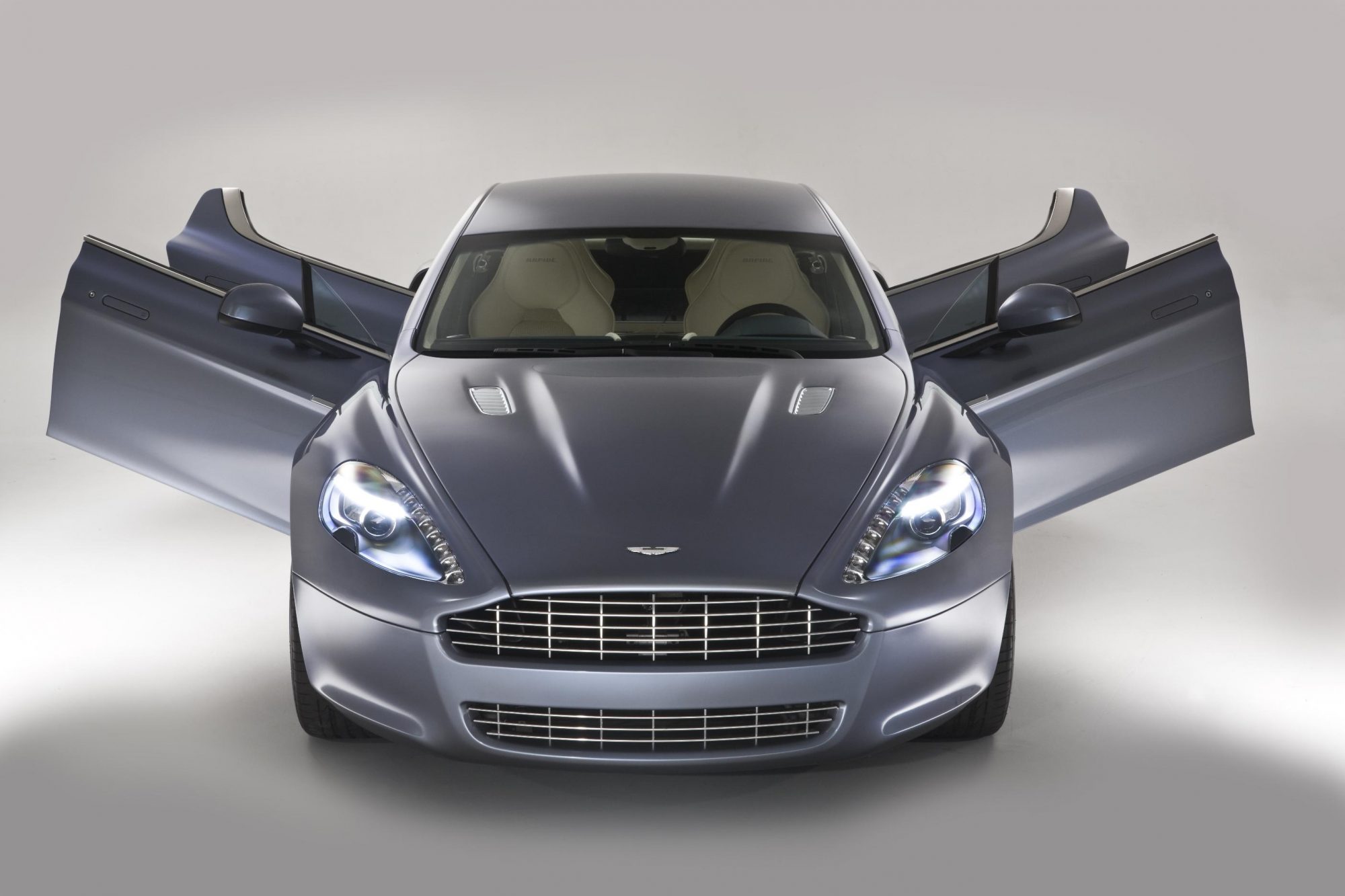
The world was, in 2010, not ready for a four-door Aston Martin. In fact, it’s still not ready for one, despite the fact the Rapide is still in production. Happily for the Rapide, the small following it does have is enough to sustain its existence, and we’re glad of that, because the Rapide is a wonderful thing. This is an Aston Martin that can actually be a decent, if incredibly luxurious and fast, family car. It’s James Bond but parked in the parent and baby spaces at ASDA. It is, in our opinion, a wonderful thing. But then when you consider it’s powered by 5.9 V12, how could we not love it?
Of course, the Rapide isn’t Aston’s first foray into the four-door world. There was of course the Lagonda of 1974. And much like that car of old, the modern day Rapide is again built Lagonda, though this time the proportions and look of the thing are far less cartoony and far more elegant. With the rear doors shut, the Rapide can easily mistake at a glance for a two-door car. The rear door handles are blended into the body in such away that they’re almost invisible.
The massive 2,990mm wheelbase means the Rapide handles exceptionally, and it also means that this is a proper four-seater, though tall passengers won’t thank you if you stick them in the back for a long journey – headroom is tight. You also won’t get much shopping in the tiny boot. But that’s not why you’re buying a Rapide, you’re buying one for some cut-price Aston action, and it is cut price. You can pick one up for £40,000. That’s £100,000 less than when it was new. Aston’s (or the first owner’s) loss is most definitely our gain.
The Volkswagen Phaeton
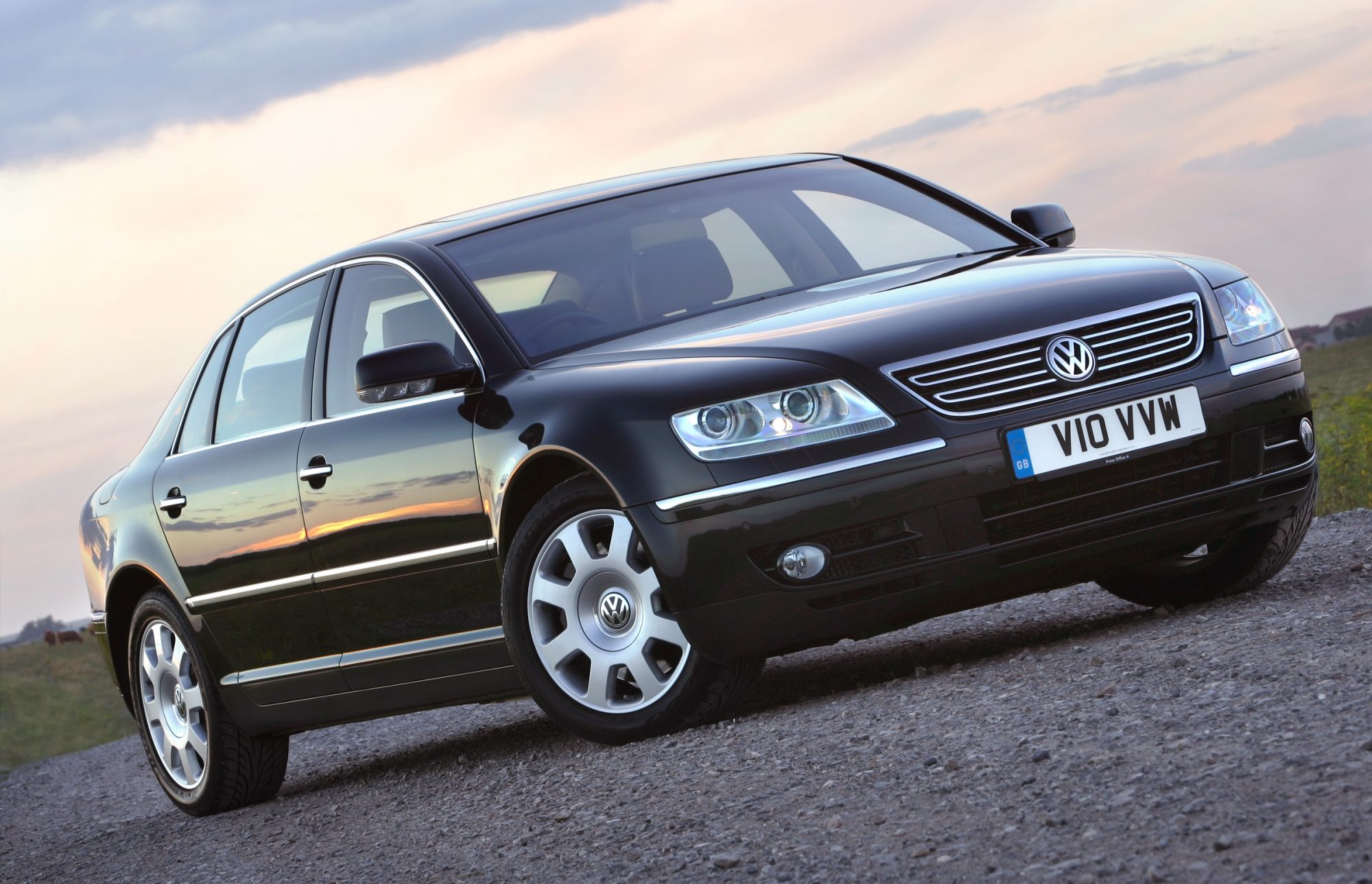
Modern Volkswagens are cars we associate with solid build quality, reliability and above all, a sense of being premium, of being luxury. There’s also all the tabloid headlines, but this is Car & Classic, not The Telegraph, so we’ll gloss over those here. Instead, let’s look at how a Volkswagen, say a Golf, has the perception of being better, somehow more luxurious than an Astra, despite the cars being in the same class. You’d think, then, that if Volkswagen actually did build an out-and-out luxury car, we’d be all over it. But as it happens, we weren’t. We are of course talking about the ill-fated Phaeton here.
Introduced in 2002, the Phaeton was Volkswagen’s take on the large luxury saloon, and it was nothing short of magnificent. This car comes from a time when Volkswagen has just acquired Bentley, so it’ll come as little surprise to learn that the Phaeton was based on the same platform as the Continental and the Flying Spur. It’ll also be no surprise, on that basis, to be told that you could spec a Phaeton with the same W12 engine as the Bentleys. Though in reality, most people went for the V6 diesel, or the 4.2 V8 petrol (though there was a V10 diesel along with 3.2 and 3.6 VR6 engines). This was Marks & Spencer motoring for Lidle money. It should have been a roaring success, but it wasn’t.
The problem with going up against the big German three, Audi, BMW and Mercedes-Benz, is that Audi, BMW and Mercedes-Benz have the market sewn up. It didn’t matter that the Phaeton was a Bentley in disguise, all that mattered was the VW badge, and the market had no time for that badge messing with the other three. The A8, the 7 Series and S Class were all the German luxury saloon we needed, there wasn’t room for a fourth. Add in the Bentley-esque running costs for a VW and you were left with a car that depreciated faster than a lead balloon hurtles for terra firma. It was a sales disaster, but it is now a used bargain. Four grand will get you a nice one, and as long as you’re not naive about the running costs, it’s a great way to get into an incognito Flying Spur.

